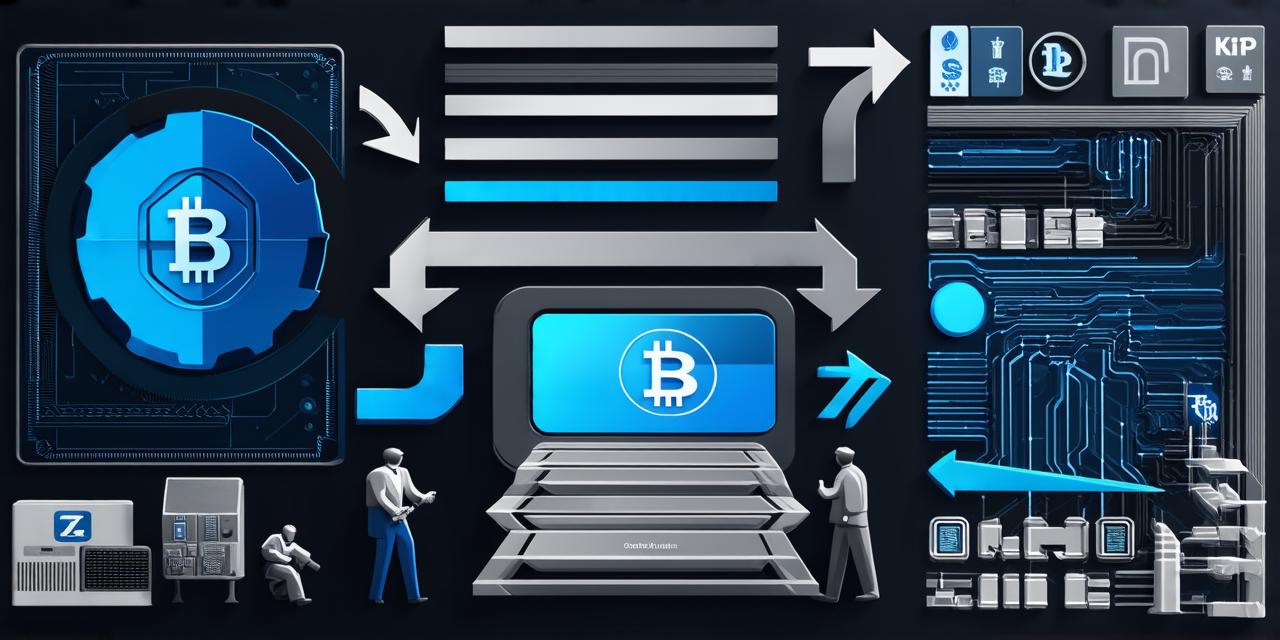Introduction

Blockchain technology has gained immense popularity in recent years due to its potential to revolutionize various industries such as finance, healthcare, and supply chain management. While the term blockchain may be familiar to some, many developers are still struggling to understand how it works and how it can benefit their projects. In this article, we will provide a simple yet comprehensive guide to blockchain technology that will help developers grasp its concepts and use cases.
What is Blockchain?
Blockchain is a distributed database or ledger system that stores data in blocks. Each block contains a set of transactions and a unique cryptographic hash that links it to the previous block. The blocks are linked together in a chain, forming an immutable and secure record of all transactions that have occurred on the network.
Blockchain vs. Traditional Database
The traditional database system relies on a central authority or server to store data. This means that there is a single point of failure, and any changes made to the data require approval from the central authority. In contrast, blockchain technology is decentralized, meaning that there is no single point of failure. All nodes on the network have access to the same data, and any changes made to the data are verified by a consensus algorithm before being added to the ledger.
Case Study: Bitcoin
Bitcoin is one of the most well-known applications of blockchain technology. It is a decentralized digital currency that operates on a peer-to-peer network. When a user wants to send bitcoins to another user, the transaction is verified by the network and added to the blockchain. This ensures that the transfer is secure, and the recipient can be sure that they are receiving the correct amount of bitcoins.
How does Blockchain Work?
Blockchain technology works through a consensus algorithm that verifies transactions and adds them to the ledger. The consensus algorithm requires a majority of nodes on the network to agree that a transaction is valid before it can be added to the blockchain. This ensures that the data on the blockchain is accurate and secure.
Types of Blockchains
<p
